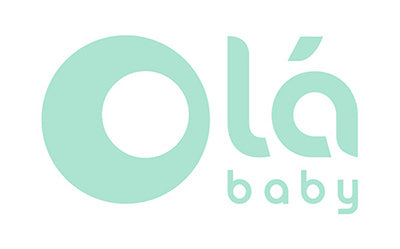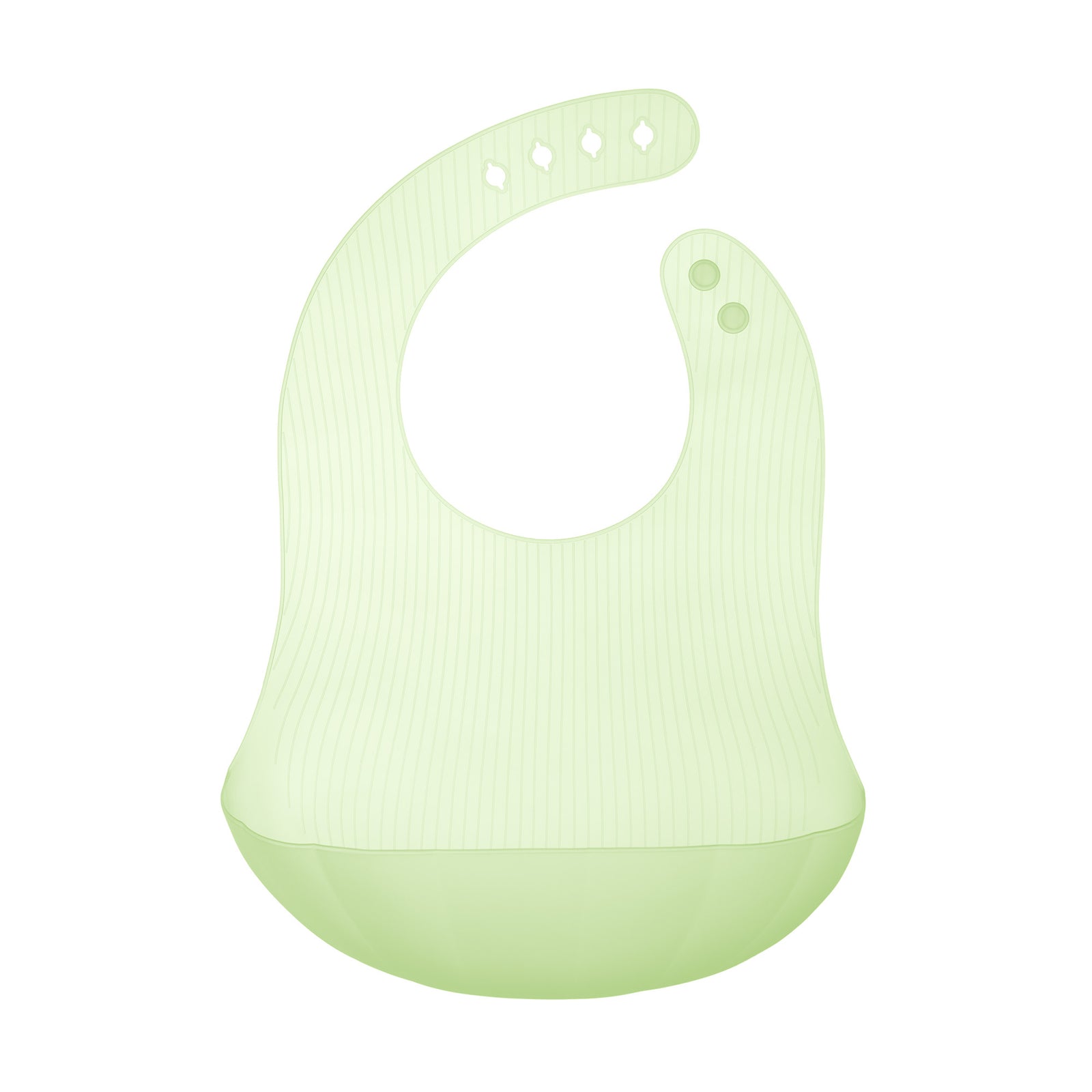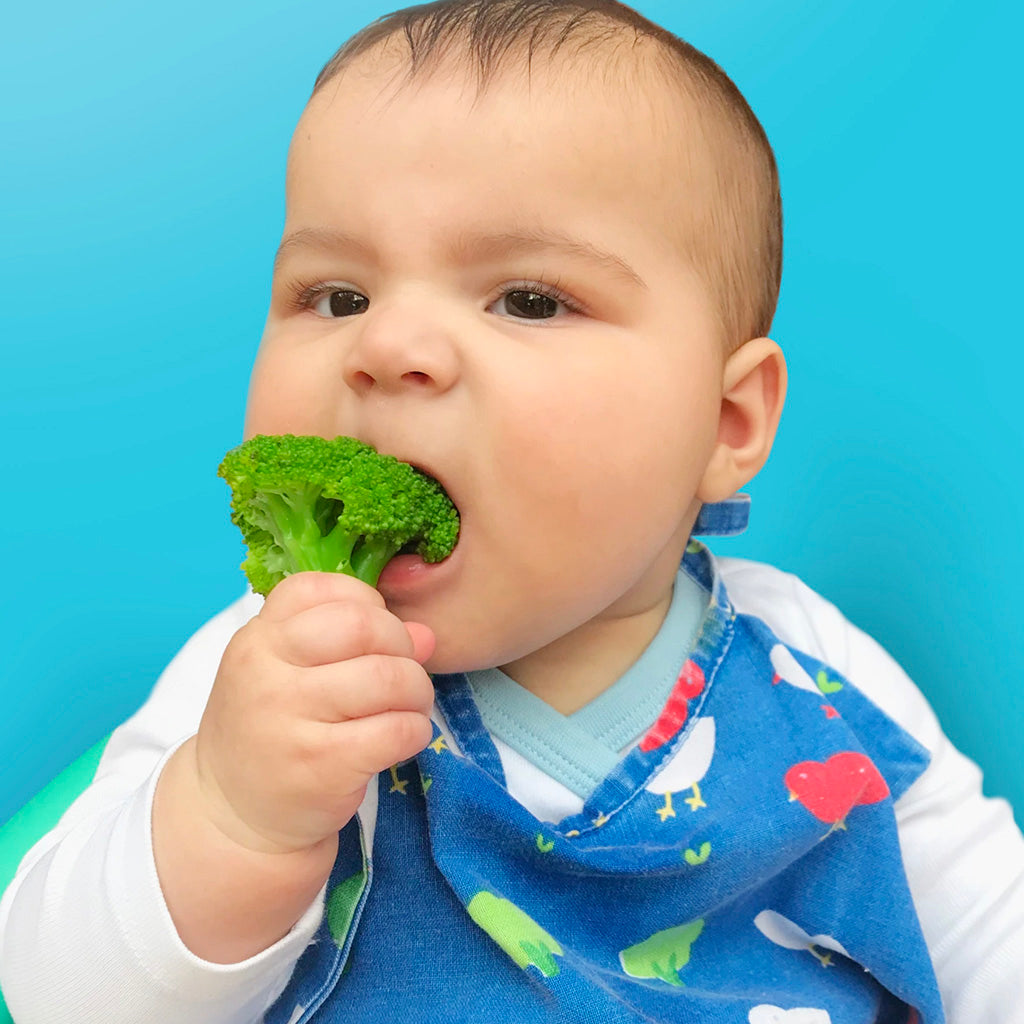
Your little one is almost 6 months old and you don’t know what food you should give her/him for the first time. There are so many options, and despite the pediatrician’s recommendations you are still hesitant. In this article you will find all what you need to know in order to make the best decision for your baby and have a memorable moment!
For you is very important to give your children the best, specially when it comes to nutrition. You want to make sure that they grow up strong, and that their food contains all the necessary nutrients for healthy development. That’s why, most parents spend hours asking themselves what should be that first food that their baby will hopefully also enjoy.
Until now, there isn’t any scientific evidence on the benefits of introducing complementary food in any specific order. Besides, it’s been observed that the introduction of the first food varies according to cultural, religious and socioeconomic aspects.
Nevertheless, there are some things you should consider, that will help you make the right decision on what to offer for the first time, as well as how to continue your baby’s complementary feeding process.
- Type of feeding for the first six months of life
Has your baby been breastfed, formula fed, or both? The nutritional requirements at the beginning of complementary feeding may differ depending on the type of feeding for the first 6 months of life. Although breast milk (from a healthy woman) can supply all the nutritional and energetic requirements of a child for these first months, it tends to have naturally low levels of minerals such as iron and zinc, which at the same time will depend on the mother's reserves. Therefore, offering iron and zinc rich foods as a first option could be specially favorable for these children. Some examples are: Meat (including fish), legumes, and cereals. Also, keep in mind that the early consumption of meat—specially liver meat and certain fish—is associated with thriving growth and good cognitive and motor development later on in childhood.
- Energetic requirements for healthy development
From the age of 6 months, babies experience a series of growth spurts, at the same time that their physical activity gets increased over time. For this reason, they require (apart from breast milk) foods that provide them with sufficient energy for their development. Foods rich in carbohydrates such as cereals, tubers and fruits, foods rich in healthy fats, and also some oils are very good sources of energy.
- Advantages of vegetables over fruits
Human beings have an innate preference for sweet flavors and a rejection for bitter ones. Studies suggest that starting with vegetables and offering a variety of vegetables (including bitter flavors) throughout the complementary feeding could increase their acceptance and preference in later ages. Some examples of bitter foods that you can offer your child are: Brussels sprouts, cabbage, kale, radishes, arugula, artichoke, broccoli and white asparagus.
To sum up, all children are different, so there isn’t any magic first food that all babies will enjoy and that at the same time will be nutritious. The first food should perhaps be something that you like, and that you usually have at home – no matter what your little one eats for the first time, it will be a beautiful moment for you as a family. Also, you should remember that although the first meal is a very special moment for you, what’s coming next, specifically for the period of complementary feeding when your little one will explore the world of food, is much more important! Try to make sure that your baby’s plate has all the food groups, as well as has a big variety of tastes, smells and textures. This way you will ensure that it contains all the necessary nutrients for healthy growth and development, and for establishing good eating habits from the beginning of the process.
References:
Domellöf, M., Braegger, C., Campoy, C., Colomb, V., Decsi, T., Fewtrell, M., Hojsak, I., Mihatsch, W., Molgaard, C., Shamir, R., Turck, D., & van Goudoever, J. (2014). Iron Requirements of Infants and Toddlers. Journal of Pediatric Gastroenterology and Nutrition, 58(1), 119–129. https://doi.org/10.1097/mpg.0000000000000206
World Health Organization. (2013, July 9). OMS | La alimentación del lactante y del niño pequeño: Capítulo Modelo para libros de texto dirigidos a estudiantes de medicina y otras ciencias de la salud. WHO. https://www.who.int/maternal_child_adolescent/documents/9789241597494/es/
Nehring, I., Kostka, T., von Kries, R., & Rehfuess, E. A. (2015). Impacts of In Utero and Early Infant Taste Experiences on Later Taste Acceptance: A Systematic Review. The Journal of Nutrition, 145(6), 1271–1279. https://doi.org/10.3945/jn.114.203976







